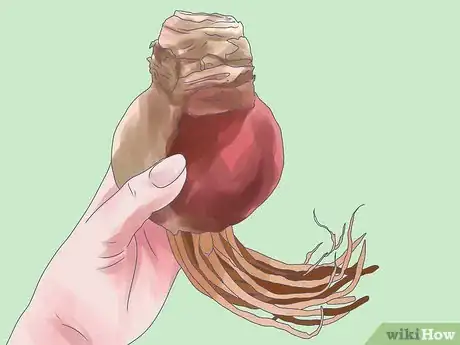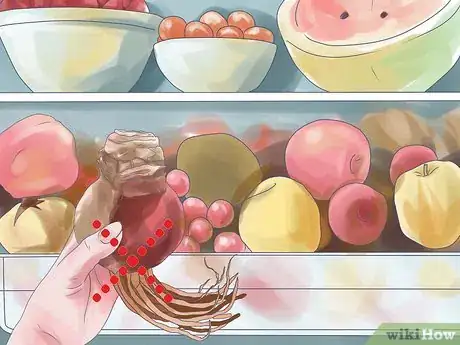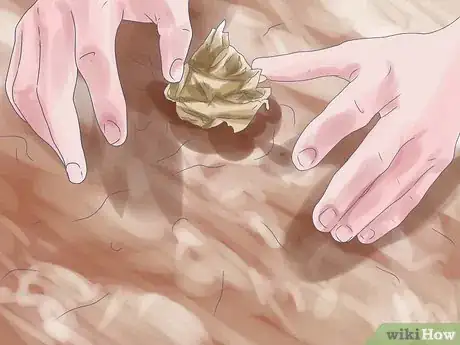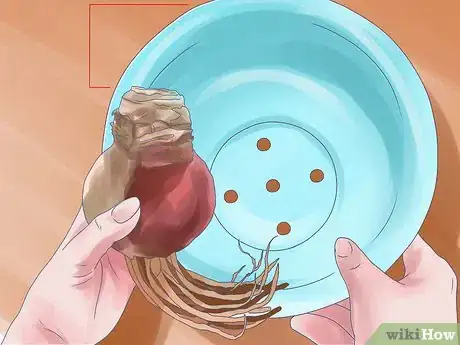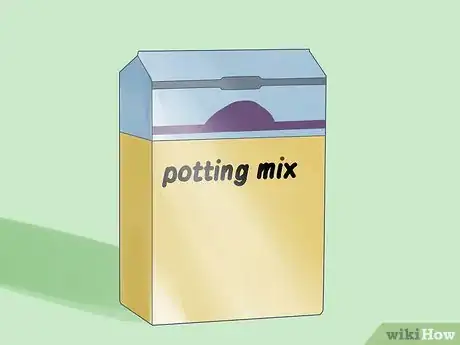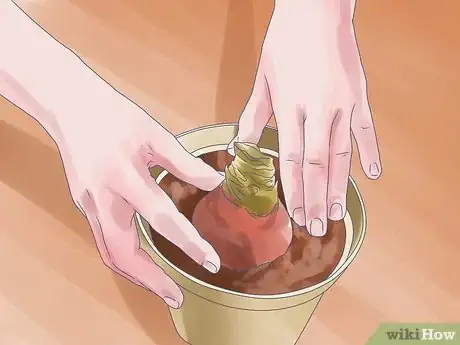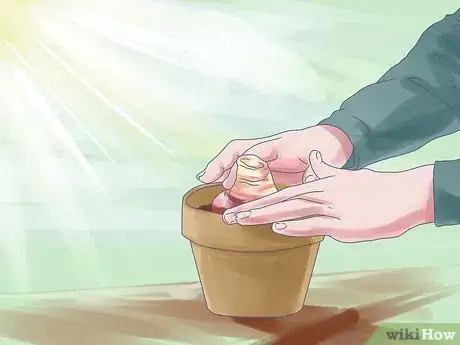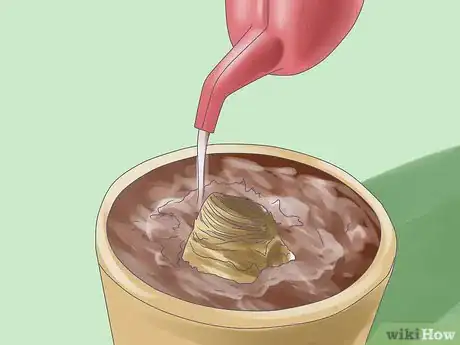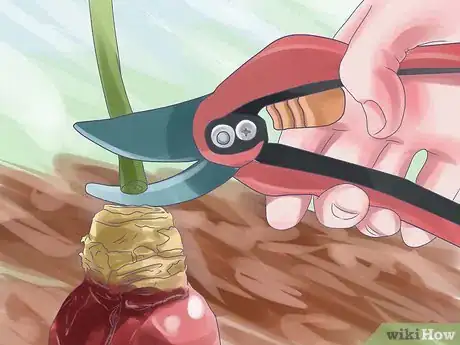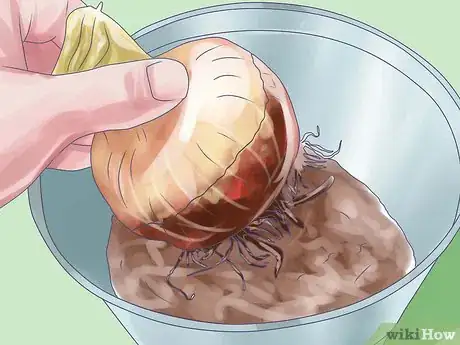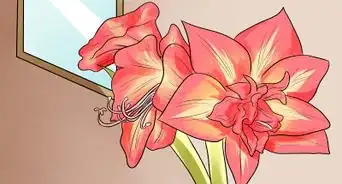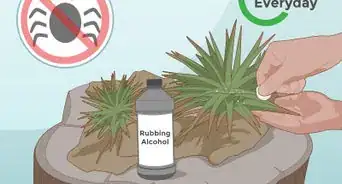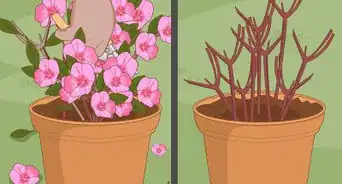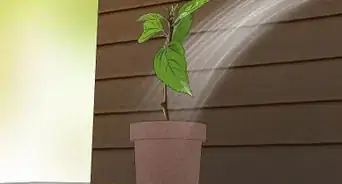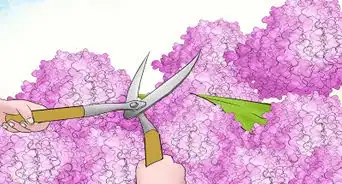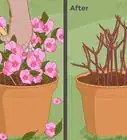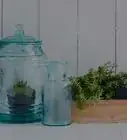This article was co-authored by Malori Maeva. Malori Maeva is a Florist and the Founder of Form Floral in Phoenix, Arizona. With over eight years of experience, she specializes in both the administrative and creative aspects of floristry, styling, and design. Malori holds a Bachelor of Arts in Marketing from Columbia College Chicago.
wikiHow marks an article as reader-approved once it receives enough positive feedback. In this case, several readers have written to tell us that this article was helpful to them, earning it our reader-approved status.
This article has been viewed 109,434 times.
The Amaryllis plant, or Hippeastrum, is a tropical flower that is native to South Africa.[1] The amaryllis bulb is prized by gardeners because it is easy to plant and replant after a short dormant period. You can care for amaryllis flowers in garden beds or in household pots, planting in spring or fall.
Steps
Timing Amaryllis Blooms
-
1Purchase Amaryllis bulbs in the color of your choice. You can find them in shades of red, pink or orange, as well as white. They may also be a combination of a few colors.
- The larger the bulb, the more flowers the amaryllis will have.
-
2Store the bulbs in a cool, dry and well-ventilated place until they are ready to be planted. Their ideal storage temperature is between 40 and 50 degrees Fahrenheit (4 and 10 degrees Celsius).
- Use your refrigerator’s crisper drawer to store your bulbs for a minimum of 6 weeks. However, you should not store the bulbs next to fruit, like apples, or they can sterilize.
Advertisement -
3Decide if you want your amaryllis to bloom in the winter or the summer. This will depend greatly on your climate. If you have cold temperatures, below 50 degrees Fahrenheit (10 degrees Celsius) in the winter, you will need to plant the bulb in a pot and keep it inside.
- Winter blooms are generally bigger and last longer than summer blooms.
- You can plant during both seasons, as long as there is 6 weeks of cold storage between the last bloom dying and the replanting.
-
4Plant the bulb in rich soil outside or in compost soil inside approximately 8 weeks before you want it to flower.
Planting Amaryllis Bulbs
-
1Choose a container that is well drained. Do not use pots without holes in the bottom. Amaryllis bulbs are very sensitive to overwatering.
- Amaryllis prefers to be pot bound, although it can be planted in some smaller garden beds.
- Plant in the garden bed when temperatures are above 50 degrees Fahrenheit (10 degrees Celsius) and there is no risk of a bad frost. Use the same instructions as you would to plant in a pot.[2]
-
2Pick a container that is half as wide as the bulb on each side. There should be able 2 inches of soil between the side of the bulb and the pot. Most amaryllis bulbs prefer a sturdy 6 to 8 inch pot.[3]
-
3Soak the amaryllis bulb in lukewarm water for 2 hours before you intend to plant it.
-
4Buy rich potting compost at a local garden store. You can buy pre-made mixes that will work well for this type of flower. Only garden soil will not work, because it will not drain adequately.
-
5Place the amaryllis bulb in the pot with the roots down. Gently fill in potting soil around the bulb. Leave the stem of the bulb, approximately 1/3 of the plant, above the soil.
- Don’t pack the soil in too much, since you want the roots to remain intact.
- If you worry that planting them with the stem above the soil in a garden may force them to fall over, place a planting stake next to the bulb to keep it upright.
Caring for Amaryllis
-
1Place the pot in direct sunlight for the first few weeks of care. It grows best in 70 to 75 degrees Fahrenheit (21 to 24 degrees Celsius) weather.
-
2Water the bulb very sparingly until it reaches 2 inches (5 cm) of new growth.
-
3Turn the base of the pot every week to encourage straight stalk growth.[4]
-
4Move the pot to indirect sunlight when it starts to bloom. They should bloom for approximately 2 weeks. The blooms will last longer in a 65-degree temperature (18.3 Celsius) than a hotter temperature.
- If you wish to cut the flowers for keeping in a vase, it is best to cut the amaryllis flowers before the buds open. This prolongs the life of the cut flower and they will bloom once in the water, giving you beautiful cut flowers for much longer.
-
5Water the amaryllis flower regularly, as you would most house plants. Add liquid houseplant fertilizer at regular intervals.
-
6Cut the flowers off 1 inch (2.5 cm) from the bulb when they start to die. When the flower stem wilts, cut it off where it meets the bulb. You can maintain the plant as a green plant for several weeks or months.
Reusing Amaryllis Bulbs
-
1Start to water the plant less as you get close to removing the bulb.
-
2Make sure you remove and store the bulbs before the first frost, and before temperatures reach 50 degrees Fahrenheit (10 degrees Celsius).
-
3Cut the leaves back to 2 inches above the bulb.[5] When they start to yellow because of cooler temperatures and less water, they are ready to cut.
-
4Remove the bulb and roots from the soil. Be gentle to avoid harming the bulb.
-
5Clean the bulb with water. Dry it and store it in a cool dry place, just as you did before you planted the bulb. It should be kept cool and dry for 6 to 8 weeks before you plant it again.
Community Q&A
-
QuestionWhat causes the leaves to be yellow? Is it over-watering, or not enough light?
 NinoxTop AnswererYellow leaves in amaryllis aren't a problem in most cases; they are part of the plant cycle. If the leaves become yellow early in the year, it is probably a plant disease and you'll need to treat it.
NinoxTop AnswererYellow leaves in amaryllis aren't a problem in most cases; they are part of the plant cycle. If the leaves become yellow early in the year, it is probably a plant disease and you'll need to treat it. -
QuestionI have several amaryllis which I leave in pots year round in the front window. They bloom twice a year. How many years should they last?
 NinoxTop AnswererIt may last 5 years without problem. If you want to keep them longer, you have to repot them after 4 - 5 years.
NinoxTop AnswererIt may last 5 years without problem. If you want to keep them longer, you have to repot them after 4 - 5 years. -
QuestionWhen is the best time to replant amaryllis?
 NinoxTop AnswererIt depends on the time that you want your amaryllis to produce blooms. It ranges from October to March.
NinoxTop AnswererIt depends on the time that you want your amaryllis to produce blooms. It ranges from October to March.
Things You'll Need
- 6 to 8-inch pot
- Potting soil with compost
- Water
- Amaryllis bulbs
- Liquid houseplant fertilizer
- Garden shears/scissors
